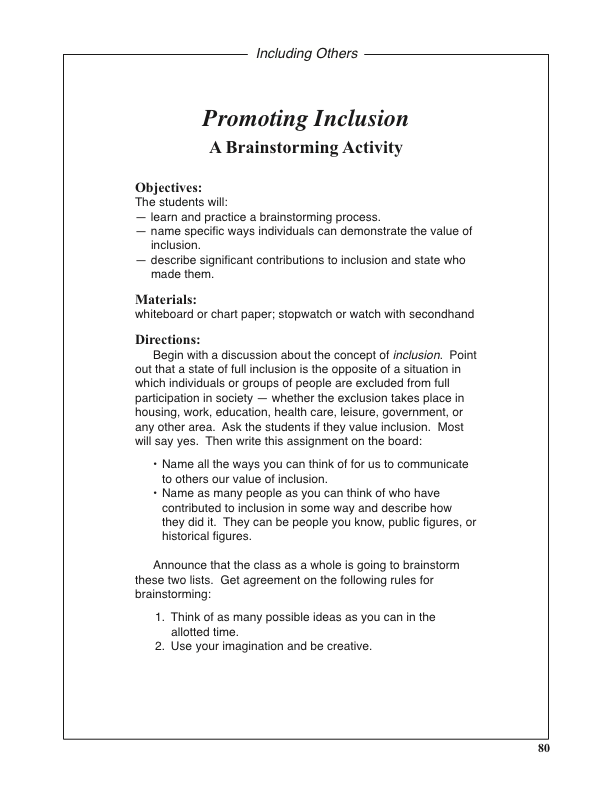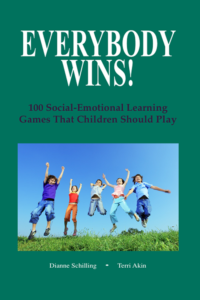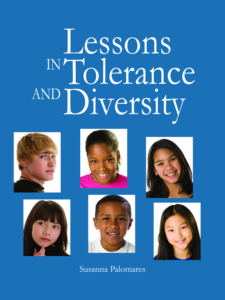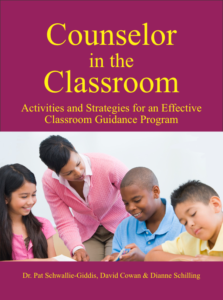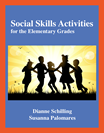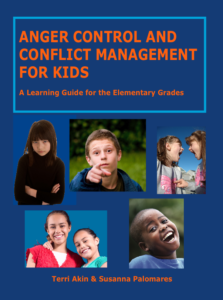
Everyone gets angry, and everyone gets involved in conflict. Both are normal human experiences and often one leads to the other. Anger can lead to conflict, and conflict can lead to anger. They generally go together and it’s hard to tell which came first anger or conflict. Indeed, it’s often difficult to tell them apart. It’s only natural then that the teaching of the skills and awarenesses that lead to the ability to effectively managing these powerful emotional events be taught together. Children need to learn effective ways to control, express, and release their anger and strategies for dealing with the conflicts that inevitably arise in life.
The Reality
Because so many influences in their lives teach otherwise, powerful approaches and consistent intervention are needed to teach children positive, social and emotional skills. Practice makes perfect. Repeated exposure to positive alternatives, consistent reinforcement, and practice. Lots of practice!
A Complimentary Activity
Learning together in a classroom or counseling session makes it easier to internalize the skills, strategies, and methods of anger control and conflict management. We all are social beings designed by our long evolutionary history to learn our interactive behaviors with others. The activities in ANGER CONTROL AND CONFLICT MANAGEMENT FOR KIDS are designed to actively engage the students with each other in applying knowledge, solving problems, communicating, cooperating, and relating experiences to their own lives. They demonstrate to students the power of approaching anger and conflict with a win-win attitude, and to teach them a number of basic pro-social strategies for managing anger and resolving conflict. The experiential group activities included in this book examine the nature of anger and conflict as well as their causes, effects, and resolutions. A unique Sharing Circle and role-play process builds into the learning experience repeated opportunities for behavioral rehearsal.
Today’s selected group activity is Learning to Control My Anger.
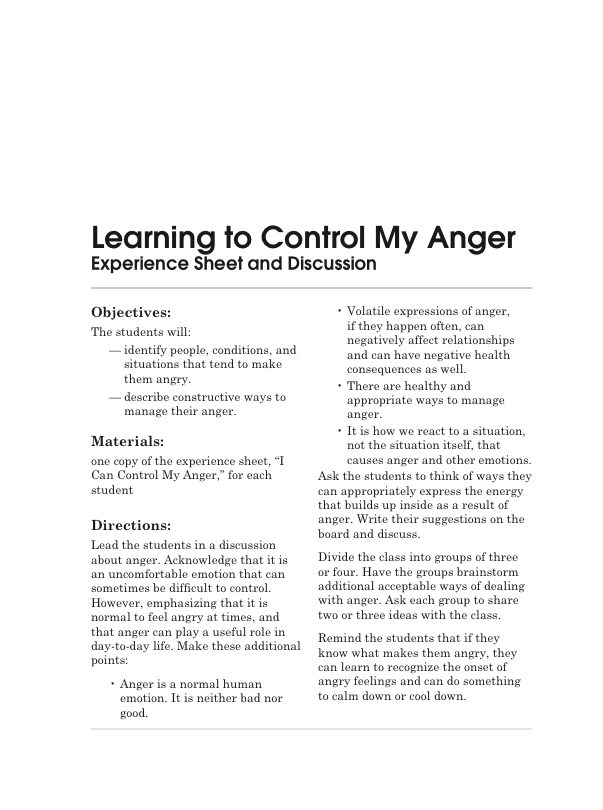
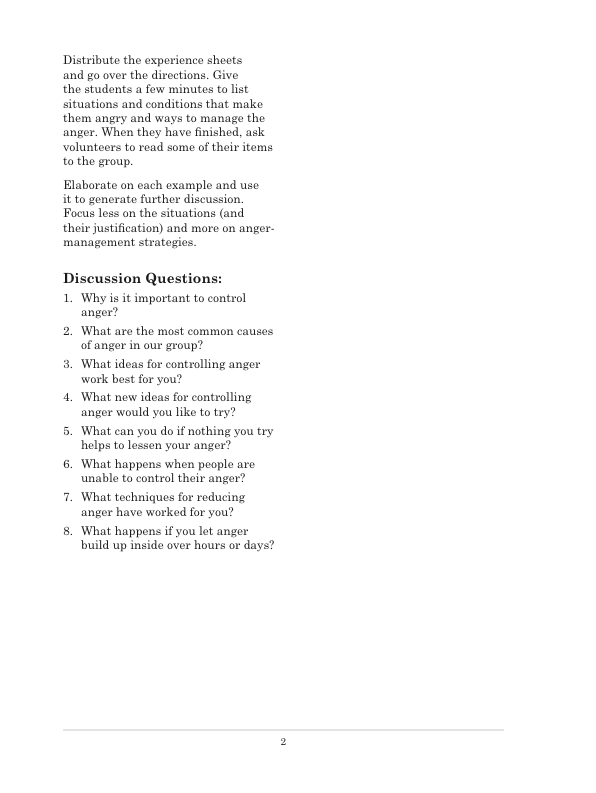
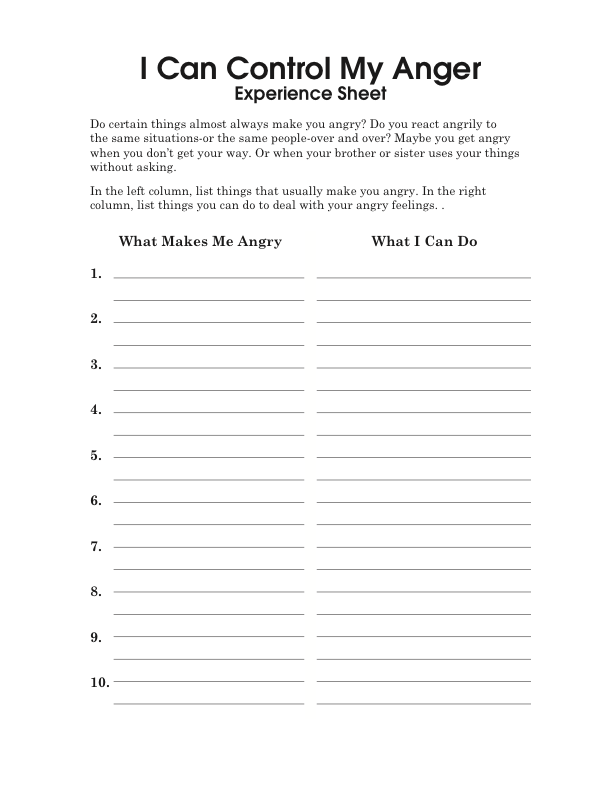
Use this activity now, and purchase the book to have a whole library of instantly usable social skills skills activities with which to engage your students.
You can check the book out HERE, and you can open a reproducible PDF of your student activity HERE.
If you like our blog resources and would like to receive them regularly, please subscribe here or on our website at www.InnerchoicePublishing.com
Thanks so much for reading!
Terri Akin & Susanna Palomares (Author)


